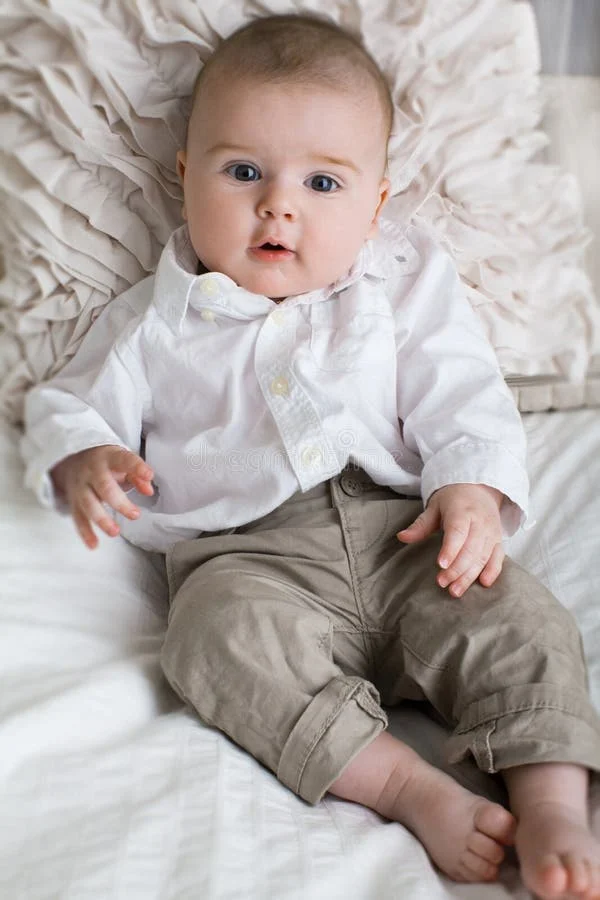Last month, my daughter’s preschool assigned a diorama project, and my first reaction was, “Oh great, just what I needed on my already overflowing to-do list! Why did I toss that shoebox?” Thankfully, I managed to scrounge up another one (kids’ shoe sizes change faster than I can keep track!), and I soon realized that this was supposed to be a fun, creative project for 4-year-olds—not a high-stakes competition. My plan was simple: explain the assignment and utilize materials we already had around the house.
The theme was habitats, and I encouraged my daughter to choose a space where life exists. Being the practical thinker she is, she picked our living room and asked her dad to sketch the walls, furniture, and even the fishbowl on the bookshelf. From there, she wandered around the house collecting her toys, asking me to tape them inside the shoebox to represent her little world. I knew it might seem odd to send her to school with a box of toys, but to her, it was a masterpiece.
It was her creation, showcasing what mattered most to her, and I found it oddly captivating—like a mini surrealist artwork. However, when we arrived at her classroom, I was stunned by the other dioramas. Most were larger, glitzier, and much more intricate than hers. One featured a frog’s habitat adorned with felt lily pads and a detailed list of frog facts. Another displayed a handmade bird’s nest with what looked like real blue jay eggs.
While a couple of projects had the unmistakable touch of a preschooler (think messy scribbles and crooked glue jobs), most resembled something you’d pin on that one website we all love to hate. It was clear that these kids, at barely 4 years old, weren’t solely responsible for their creations. As I surveyed the room, I felt like I was in an exhibit showcasing parental talent masquerading as preschool artistry.
Before I spiraled into a rant about overzealous parenting, I took a moment to consider the underlying issues. I completely understand the urge to be involved in our children’s creative endeavors. Many of us struggle with the desire for perfection, and it can be tough to accept the less refined work of our tiny humans who don’t share our vision.
Moreover, getting a young child to complete a project with a deadline can be incredibly challenging, and sometimes, it’s just easier to take the reins ourselves. Trusting kids under seven with art supplies is a gamble, especially with glue and glitter involved. (I’ve instituted a lifetime ban on loose glitter in my home, just sayin’.)
At the core of this issue is our anxiety about how our children are perceived. When their work shines, it reflects well on us. But here’s the truth: doing the work for them doesn’t benefit anyone. Children need the experience of tackling projects on their own, even if the end result isn’t gallery-ready. When we step in, we must ask ourselves whether we’re helping for their sake or our own. If it’s the latter, it’s time to take a significant step back and let our kids take pride in their own accomplishments.
As someone who values creativity, I take particular issue with how art projects are often handled. Pablo Picasso famously stated, “Every child is an artist. The problem is how to remain an artist once we grow up.” He was spot on—children are innately creative, and it’s our responsibility to nurture that talent. This means allowing them to create their own unique and sometimes messy art projects, even if they will be displayed for all to see. We need to resist the urge to intervene unless they specifically ask for help.
Let’s be real, I know that not every child will grow up to be Picasso. But even if art isn’t their path, it’s essential for them to develop their individual styles of expression and learn to think creatively. These skills are vital for many aspects of life and will serve them well in the future. Cultivating confidence in self-expression is crucial, especially in today’s world.
Ultimately, we must step back whenever we can and allow our children to be kids. It’s the greatest gift we can give them, even if it means our homes sometimes look like a glittery disaster zone.
If you’re interested in more parenting insights, check out this blog post about navigating challenges in parenthood here. And if you’re considering at-home insemination kits, reputable retailers like Make A Mom offer excellent options. For further reading on the IVF process, this resource is invaluable.
In summary, it’s crucial for parents to step back and let their children tackle school projects independently. This not only fosters creativity but also builds confidence and self-reliance, allowing kids to express themselves authentically.
